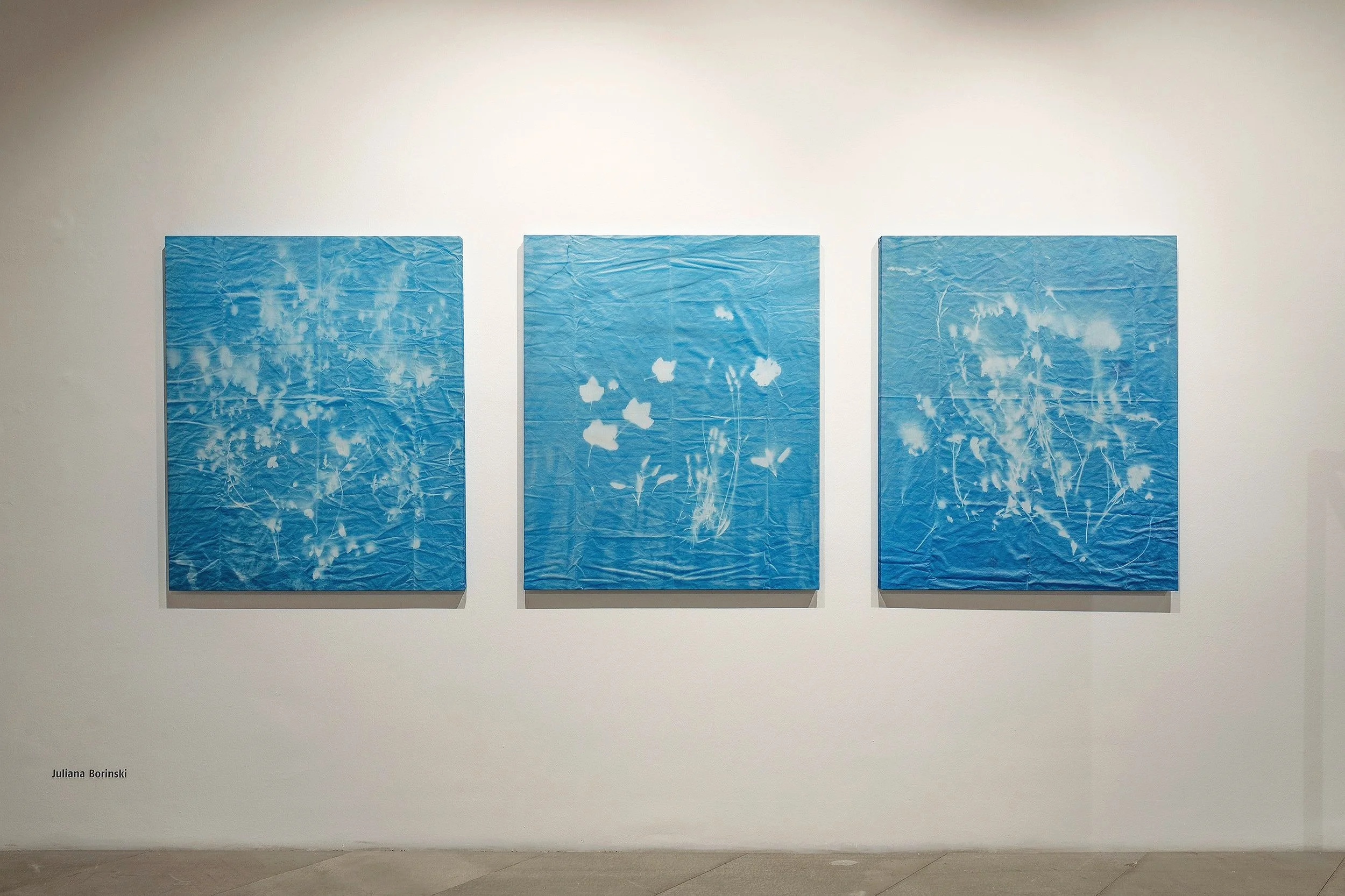Herstory-telling / Curatorial project in collaboration with Julianna Borinski
Conçu comme un prolongement du thème central de l'exposition, qui traite des implications de l'anthropologie et de la pratique auto-ethnographique dans les pratiques artistiques, le projet curatorial Herstory-telling propose d'expérimenter la construction de récits historiques alternatifs à travers les œuvres de Juliana Borinski. Reprenant la question initiale de la transformation et de la conceptualisation de la culture en tant qu'objet d'étude - et la constitution et l'aliénation ultérieures de l'objet d'étude - la perspective choisie ici se concentre sur la constitution de l'histoire en tant qu'outil rhétorique.
Mais plutôt qu'une approche historiographique linéaire qui offrirait un panorama allant de la tentative de Thucydide de produire un récit objectif des guerres du Péloponnèse jusqu'au dernier débat sur l'adoption du terme géologique "anthropocène", l'objectif de Herstory-telling est de remettre en question les systèmes de valeurs qui conduisent à valider certains récits comme scientifiques et/ou objectifs, et à en exclure d'autres considérés comme fictifs, personnels, et de toute façon non-objectifs.
Considérant le processus de validation de certains récits à travers la constitution de l'histoire comme discipline scientifique ancrée dans les sociétés occidentales, le projet explore les différents schémas induits par les pratiques scientifiques, telles que la représentation du monde, la méthodologie et la notion de preuve qui interviennent dans les récits historiques. Prenant en compte la perception du monde comme un tout fini, concept hérité de la Renaissance, l'exposition Herstory-telling déconstruit cette illusion de contrôle sur les événements[1] induite par un dispositif complexe de catégories et de groupes, qui évolue au fil des siècles[2]. En proposant au public de réfléchir aux chaînes d'événements présentes dans la narration historique, l'objectif est également de repenser le concept de continuité souvent soutenu par une rhétorique puissante, afin de dessiner des voies et des échelles alternatives de narration. Le projet se concentre spécifiquement sur l'absence de certains groupes dans le processus de définition de la notion historique de continuité, bien qu'ils en fassent partie.
D'autre part, Herstory-telling remet en question la domination des pratiques d'écriture et des approches quantitatives par la création de récits alternatifs basés sur l'oralité et la production d'images.
Dans le cadre d'un projet curatorial général fondé sur le souhait de proposer des œuvres spécifiques à un site, l'intervention de Borinski consiste en une recherche de terrain sur les points de repère et les marqueurs de date présents à Vienne. Mais plutôt que de présenter leurs notes de recherche, les résultats de leurs investigations seront incarnés par les œuvres présentées, à savoir des cyanotypes. En outre, une sélection d'éléments recueillis au cours de la recherche sur le terrain, tels que des objets, des textes ou des images, sont reproduits par des moyens photographiques et imprimés sur des pages séparées. Pendant la durée de l'exposition, ces objets, que l'on pourrait considérer comme des notices, sont mis à la disposition des visiteurs qui souhaitent s'aider eux-mêmes. Le dispositif qui contient les notices n'apporte pas de notion d'ordre ou de catégorie dans les notices, mais fonctionne comme une invitation à produire d'autres récits pour les œuvres proposées.
[1] Foucault Michel, L’archéologie du savoir, Paris : Gallimard, 1969, p. 25
[2] Foucault Michel, op. cit., p. 22


